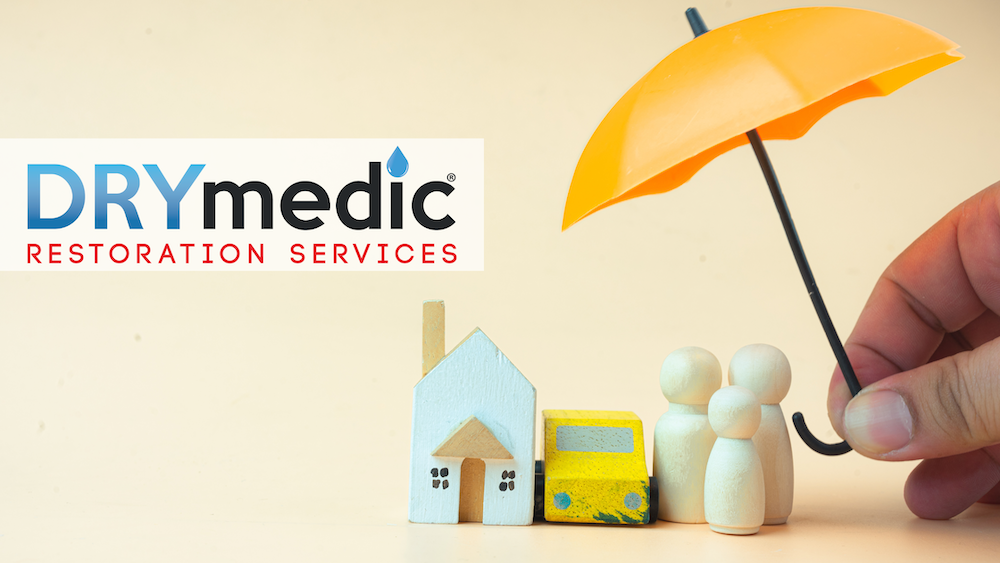Home Insurance: What Every Homeowner Needs to Know
April 4, 2024

As a homeowner, ensuring that your property is adequately protected is paramount. Home insurance serves as a financial safety net, offering coverage for unexpected damages, losses, and liabilities. However, navigating the intricacies of home insurance policies can be daunting. In this blog, we'll delve into the essential information every homeowner needs to know about insurance coverage, including key terminology, coverage types, and important considerations.
Understanding Coverage Types:
Home insurance typically consists of several types of coverage, each serving a different purpose:
- Dwelling Coverage: This covers the physical structure of your home, including walls, roof, floors, and built-in appliances. It provides financial protection against damages caused by covered perils such as fire, vandalism, or severe weather.
- Personal Property Coverage: Personal property coverage protects your belongings, including furniture, clothing, electronics, and valuables, against theft, damage, or loss, both at home and while traveling.
- Liability Coverage: Liability coverage safeguards you financially in the event that someone is injured on your property or if you cause damage to someone else's property. It helps cover legal fees, medical expenses, and settlement costs if you're found liable for damages.
- Additional Living Expenses (ALE) Coverage: ALE coverage reimburses you for additional living expenses if your home becomes uninhabitable due to a covered peril. This may include temporary accommodation, meals, and other necessary expenses.
Key Considerations:
When purchasing home insurance, it's essential to consider several factors to ensure adequate coverage:
- Replacement Cost vs. Actual Cash Value: Understand the difference between replacement cost and actual cash value (ACV) when insuring your home and belongings. Replacement cost coverage reimburses you for the full cost of replacing damaged or stolen items, while ACV coverage takes depreciation into account, resulting in lower payouts.
- Deductibles: Your deductible is the amount you're responsible for paying out of pocket before your insurance coverage kicks in. Choosing a higher deductible can lower your premiums but may require you to pay more in the event of a claim.
- Coverage Limits: Be aware of the coverage limits specified in your policy, especially for high-value items such as jewelry, art, or electronics. Consider purchasing additional coverage or scheduling these items separately to ensure adequate protection.
- Exclusions and Limitations: Familiarize yourself with the exclusions and limitations of your policy, as they can impact the extent of your coverage. Common exclusions include flood damage, earthquake damage, wear and tear, neglect or lack of maintenance, acts of war or terrorism, sewer backup, mold and fungus, home business liability, high-value items, and coverage for vacant or unoccupied homes.
- Review and Update Regularly: Periodically review your insurance policy to ensure it accurately reflects changes to your home, possessions, and lifestyle. Update your coverage as needed to maintain adequate protection.
Home insurance is a vital safeguard for homeowners, providing financial protection and peace of mind in the face of unforeseen events. However, it's essential for homeowners to recognize the importance of familiarizing themselves with their policy and connecting with their insurance provider to ensure adequate coverage. By understanding the various types of coverage, key considerations, and the exclusions and limitations of their policy, homeowners can make informed decisions to protect their homes and belongings effectively.
If you have any questions or need assistance with your home insurance coverage, don't hesitate to consult with a qualified insurance agent or provider. Your proactive approach to insurance can make all the difference in safeguarding your home and ensuring financial security for you and your family.